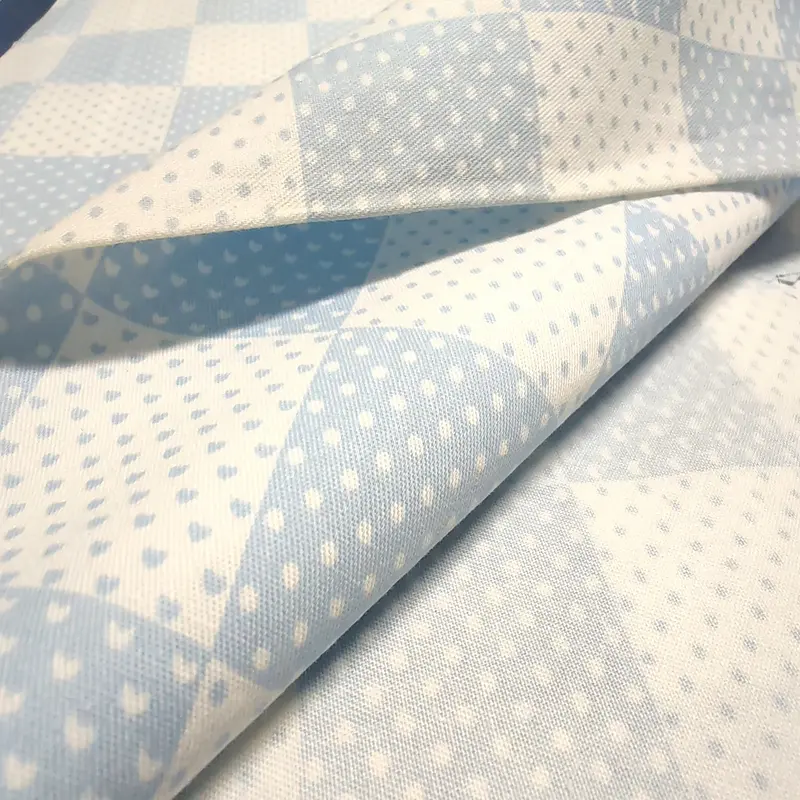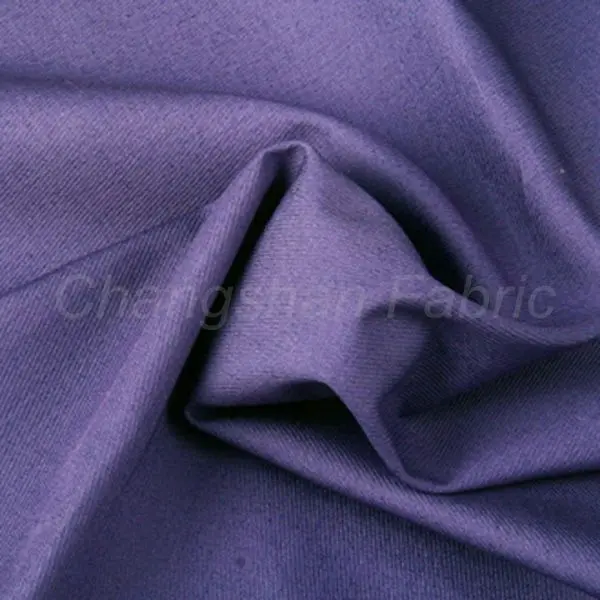Explanation 1: “Light up”
Generally speaking, the phenomenon of “lighting up” refers to the phenomenon of “homochromatic metamerism”:
Two color samples (one standard and one comparison sample) appear to be of equal color (no color difference or small color difference) under one light source (such as D65), while they exhibit significant color difference under another light source (such as A), which is called the “homochromatic metamerism” phenomenon
For this situation, we can describe it as’ lighting up '. That is to say, whether the sample can be matched with the standard sample for color matching depends on selecting a specific light source.
The fundamental reason is that the two samples have different reflections of light (reflection spectrum curves or visible band reflectivity), so it is called “Metamerism”.
The reasons for the “abnormal spectrum” include:
A、A festéshez használt pigmentek összetétele eltérő;
B, Különböző feldolgozási módszerek stb.
Explanation 2: “Jumping lights”
In fact, when we talk about “Tao light” in daily life, besides the above meaning, there is another layer of meaning:
It refers to the situation where a single color sample undergoes dramatic color changes under different light sources. At this point, it can be described by “jumping the light”.
So, “jumping the light” can also be said to be a sample.
Például a CIBA festékmérnöke a CIBA DEEP RED festék ajánlásakor a következőket mondaná: Ez a festék nem ugrik vörösre A fény alatt.
(A szerző úgy érti a szöveg lényegét, hogy bár egy fényforrás nagy mennyiségű vörös és sárga fényt tartalmaz, a CIBA DEEP RED festék nem fog sokkal vörösebbnek érződni, mint D65-ös fényforrás alatt.)
Post time: máj . 10, 2023 00:00



















 Bőrbarát
Bőrbarát Sokoldalú
Sokoldalú Tartós
Tartós Biztosított
Biztosított
